Start Planning Your Transition Now!
As practice brokers, we often find that practice revenue and profitability have declined or stayed static over the past few years due to various reasons such as the Veterinarian cutting back his work schedule to pursue other interests, not actively marketing the practice or pursuing new patients, or referring out more procedures. We also often find that the selling doctor has not updated the office appearance or equipment in 10-20 years. Unfortunately, the decline in revenue/ profitability and dated decor and equipment typically results in a substantial decrease in the value and marketability of the practice that could have been avoided with prior planning. Here are five keys to maximize your practice value.
1. Key: Maintain/Increase Revenue
Practice value is heavily influenced by the most recent year’s revenue level, so it is crucial to maintain or increase practice production in the years leading up to the sale. Regardless of the explanation, declining or erratic revenue trends will cause concern for buyers and their lenders regarding the future viability of your office. Therefore, you should do everything possible to maintain or increase revenue in your final years as the practice owner. If you are considering cutting back your work schedule, hire a part-time associate to maintain production or consider selling the practice and working as an associate following the sale.
2. Key: Control/Reduce Overhead
Profit is truly a prerequisite for value … Most buyers are looking for offices that generate sufficient cash flow to cover practice overhead expenses (including the debt service associated with their practice loan) and their personal living expense needs. Therefore, ensuring that your major expense categories (staff payroll, supplies, and lab fees) are within industry standards will ensure that your practice is an attractive option for potential buyers. Additionally, the ability for a buyer to obtain financing for the practice purchase is heavily tied to the historical cash flow of the practice.
3. Key: Increase # of Active Patients and New Patient Flow
This key is extremely important to buyers in evaluating the health and goodwill of a practice. On average, patients switch Veterinarians every five to seven years. Therefore, an easy way to determine if your patient base is growing or declining is to divide your number of active patients (seen in the past 24 months) by seven and compare the result to the number of new patients you have seen in the past year. If the number of active patients leaving your practice each year is larger than the number of annual new patients, then your patient base is shrinking and may be cause for concern. Conduct a periodic analysis of your active and new patient counts to evaluate the health of your practice and identify trends that may need to be corrected. Enhance the patient experience and maintain an effective recall system to maximize patient retention. Also, implement an internal marketing strategy (ask for referrals from existing patients) and an effective external marketing strategy (such as a website or direct mail).
4. Key: Consider updating office equipment & décor
Most buyers prefer to utilize newer equipment and digital technologies in their practice. Therefore, updated practice management systems and hardware and digital tend to sell quicker and at a higher price than their counterparts. Also, first impressions are important, so practices that do not have a positive “curb appeal” when buyers walk in the door for the first time can lose value and take longer to sell. Implement a long-term plan to keep your equipment and facility up to date. We recommend that you upgrade your equipment and décor 3 years prior to selling. Remember, you don’t have to do a complete overhaul of the office.
5. Key: Work with a local, reputable practice broker
Veterinarians who work with Vet Sales and Consulting can expect to receive a higher value for their office, have a more amicable relationship with the buyer following the sale, and experience much less stress and anxiety during the transition process than their counterparts who attempt to sell a practice on their own. It is also important to work with a broker who has a good reputation, is involved in the local vet community and understands the business. You want your representative to be an advocate and understand your practice.
By planning ahead and focusing on these key factors, you can rest easy knowing that you will be in the position to maximize the value you receive when it’s time to sell your most valuable asset.
Please call us with any questions. We do not charge to answer questions and can be contacted at 888-462-4047 or Info@vetsalesconsulting.com.

